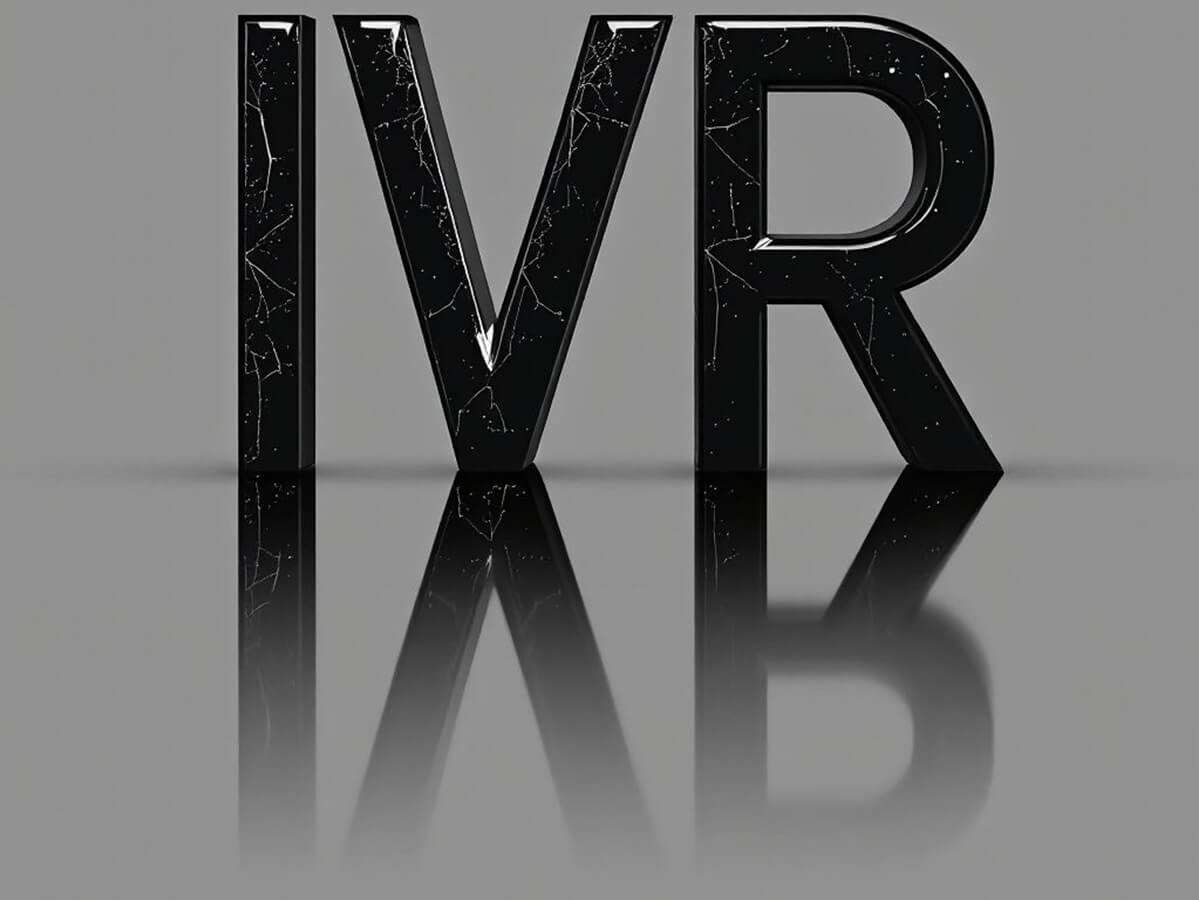Customer service is an integral part of any business, just like finance, IT, and communication. No matter the size of your business or the industry you operate in, you will have customer service processes. The effectiveness of your service processes can dictate success or failure, especially for small businesses.
Most smaller organizations pride themselves on providing excellent service but are frequently constrained by a lack of resources. In an age where customer expectations rise almost every day, you can’t afford to ignore the overall service experience. Don’t let the popularity of alternative communications channels like social media fool you. The vast majority of people still like to talk to a service rep over the phone.
Setting up a call center
The problem is that setting up a call center is an expensive proposition, no matter how you look at it. Large corporations can afford to hire office space in the middle of the city and staff it with service agents. Others set up contact centers in foreign countries where costs are lower. Neither option is really viable for a small company of fewer than 100 employees.
Not all small business owners will need a call center phone solution either. A small bakery, retail store, or neighborhood grocery store may not need dedicated staff to man the phones. But there are many businesses that really need a customer service center such as:
1- Companies offering personalized assistance such as technical support, legal advice, tax consultants, accounting firms, etc.
2- Small and mid-sized organizations offering services like maintenance of hardware, landscaping services, or other service-based offerings.
3- Companies producing sophisticated electronic or electrical equipment for which customers need frequent assistance.
These small and medium businesses will not have thousands of calls a day but still, need a solution that allows them to handle a few hundred calls each week.
Options for setting up a small call center
Few small companies can afford to set up a call center in a physical location. Most small call center operations are virtual. But here also companies have choices. You can:
1- Outsource your service processes to third party vendors who specialize in customer service. This is a cost-effective option but you have the work of integrating the call center staff with your general operations. If your products or services require in-depth technical knowledge, external workers may not satisfy customer expectations.
2- Purchase a dedicated call center phone system that offers specific features to help manage calls. These phone solutions come packaged with call center features out of the box. So you can set up your staff with great options right from the start. However, many such solutions cater to large companies as well so you may end up paying for features you don’t use or need.
3- Customize a general-purpose VoIP phone system to the needs of your call center staff.This alternative requires more thought and planning as you need to create a homegrown solution that fits your needs. But it is inexpensive as many companies already have a VoIP phone system for the business. You can also tailor the phone system to work with your employees, instead of asking them to change how they work according to the technology.
There are pros and cons to each approach but many small companies prefer the third option as it is inexpensive, quick to set up, and lets you retain control of the service process.
How to set up a small call center phone system
The thought of setting up a call center phone system may seem daunting but you can break it down into smaller chunks.
1- Set your objectives
Before you plan anything or purchase equipment, you need to set your goals. What do you hope to achieve by setting up a small call center? Do you want to:
– Reduce hold times for customers
– Improve service levels
– Market your services and products to customers
– Conduct outbound calling campaigns
– Make it easier for staff to provide quality customer support
Your stated objectives will influence other factors such as the number of employees, the type of equipment, the budget, and so on.
2- Establish a budget and timeline
Setting up a call center – no matter how small – takes time and money. Based on your goals, you will decide how much resources to allocate for the call center phone solution. A contact center that handles both inbound and outbound will need a bigger budget than one that only handles inbound service requests. Similarly, the size of the contact center will determine the schedule for going online. Your timeline may vary from a few weeks up to 6 months or more. The timeline is also affected by several factors including hiring and training new staff, purchasing a new VoIP phone system, getting approval from management, etc.
3- Get the equipment
The moment you say call center phone solution, almost everyone thinks of headsets. But it’s perhaps one of the least important aspects. Yes, a headset is a basic requirement but there are many budget-friendly models that you can leave that decision until later. However, there is other hardware you need to consider:
– Business phone system like VoIPstudio that will work as your call center phone system.
– A CRM solution to help staff store customer data and document service interactions.
– Internal communication tools to help employees talk to each other give support when needed.
– Performance monitoring tools to make sure productivity stays up and guarantee service levels for customers.
4- Train staff
Do you need to hire new staff for your customer service department? The answer to this question will impact your budget and schedule. Even if you don’t need new employees, you will have to train current workers on the new phone system and processes. You may be establishing new service processes and workflows to manage operations. How will you document each inbound call? What details do your staff need to get from customers? Do you expect agents to handle calls within allotted times? All your staff will need training in each of the above aspects.
5- Use the right features
Call centers require a very specific set of features that other departments may not use. For instance, your administrative staff will never need an IVR (Interactive Voice Response) system or ACD (Automatic Call distribution) queues. But they are vital for a contact center to operate efficiently. Here are some features you may want to use in your small call center phone solution:
– IVR – This is a very useful feature to have. Your IVR can handle basic queries such as account or sales order status, freeing up agents to handle more complex queries. It can play a welcome message and direct callers to the right employee without wasting their time
– Skills-based call routing – There are multiple ways to distribute incoming calls among staff. One popular option is to group staff based on their skill level or familiarity with specific products. This way customers will always talk to a person with the right knowledge to solve their issues.
– Group inboxes – This option allows customers to email or leave voicemail messages for the team, instead of individuals. Every staff member can access them and resolve as time permits.
– Call routing options – Your staff needs the ability to put callers on hold, transfer them to another queue or specific person as well as request help from a colleague or supervisor. For example, an agent may consult with an expert to solve a tricky problem but the customer need not be aware of it.
6- Monitor and assess quality and service levels
This is a frequently overlooked step when planning a call center. Once you’ve set up the system and go live, your work does not stop. You still need to monitor your employees to see that they maintain service levels and deliver exceptional customer service. This is even more true if you have staff that work from home or other remote locations.
Monitoring software will usually include options to generate reports such as average hold times for customers, average length of a call, number of calls handled per hours, and so on. These metrics are important to know if you’re hitting your goals or not.
Such software can also help you monitorindividual agents live while they handle customer calls or listen to recorded calls. It allows you to provide constructive feedback and identify employees who could use some training or extra help. If you have a mix of new staff and experienced technicians, you can even assign mentor-mentee pairs. The mentor can help the newer staff acclimate to the team and help them learn quicker.
As you can see, setting up a small call center does not have to be expensive or a frustrating experience. With the right technology and staff, you could improve service quality several times over compared to not having a call center phone system. To see how your business could benefit from one, contact VoIPstudio today!




